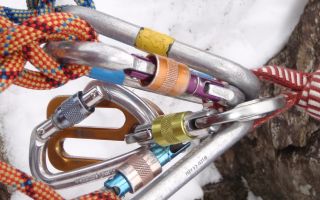Layering for Warmth
Category: DofE Advice and Guidance
Posted by Alex Knill - DofE Manager
The art of layering is a great skill to have in your toolkit when hitting the hills. Finding the right pieces of kit, knowing how to effectively order your layers and making the most of any top tips can all hugely help in staying warm in an array of weather conditions.
If you are embarking on your DofE journey, you will know that the Duke of Edinburgh's Award (DofE) is a highly valued youth achievement award that challenges participants to complete a series of expeditions. Most expeditions will take place in the UK countryside – a place not globally known for its wall-to-wall sunshine and balmy climate. This short guide will help you to plan your clothing in a ‘layering’ manner to maximise your comfort on expeditions regardless of the weather.
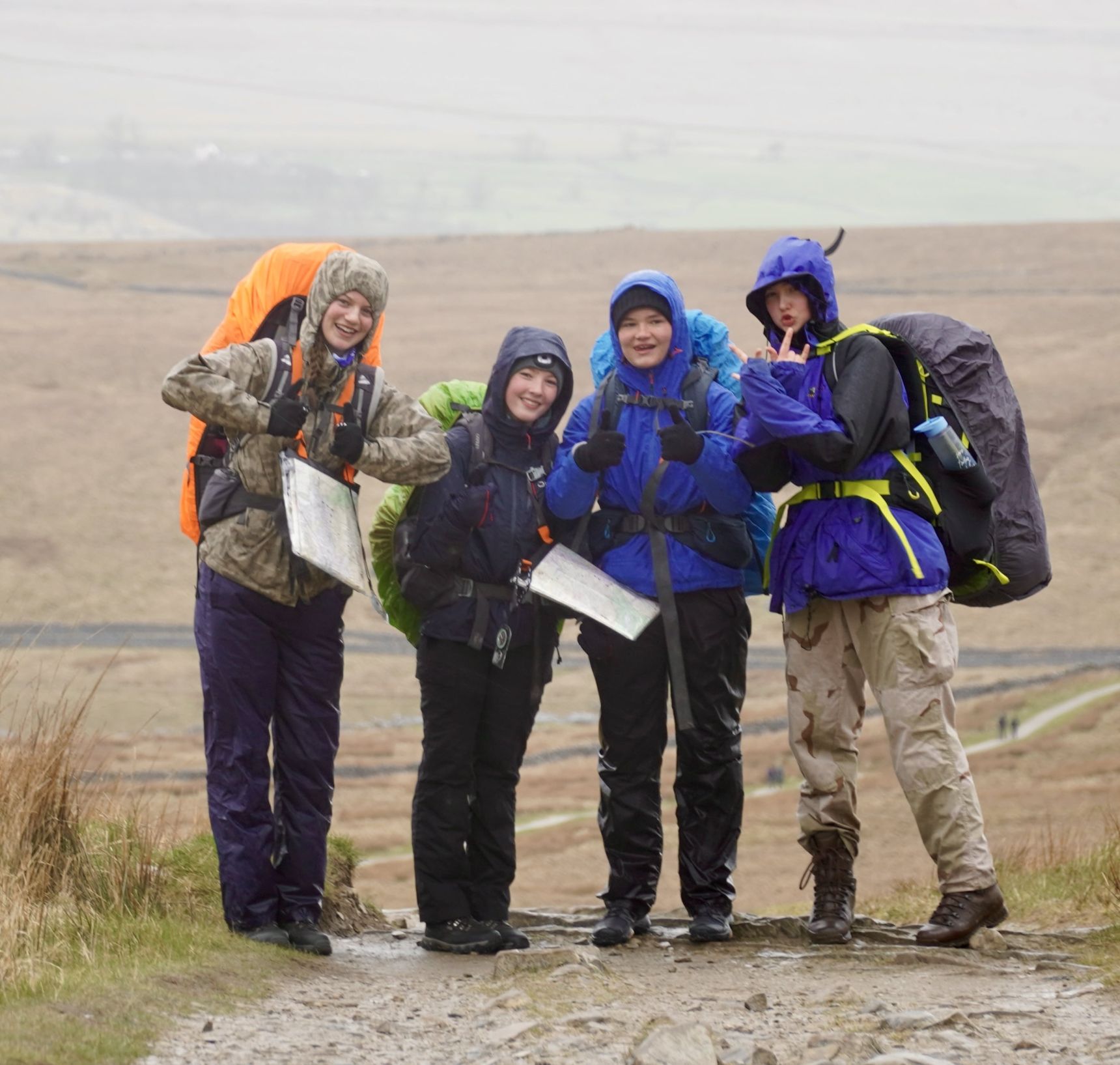
The Importance of Layering
Layering is the most effective way to stay warm in cold weather. It allows you to adjust your clothing as the temperature changes, so you're never too hot or too cold.
Here are the three main layers of clothing you should wear on a DofE expedition:
- Base layer: This layer is closest to your skin and should be made of a breathable, moisture-wicking material, such as merino wool or synthetic fabric. Avoid cotton, as it will absorb sweat and make you feel cold.
- Insulating layer: This layer provides warmth by trapping air between your body and the outside air. Fleece is a popular choice for this layer.
- Outerwear: This layer protects you from the wind and rain. It should be waterproof and breathable. A good option is a Gore-Tex jacket. Many manufacturers produce their own ‘version’ of Gore-Tex that are perfectly suited to an expedition.
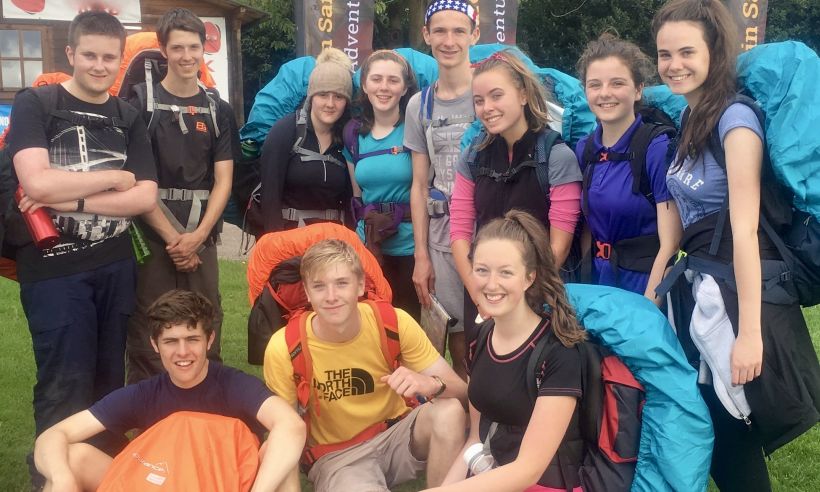
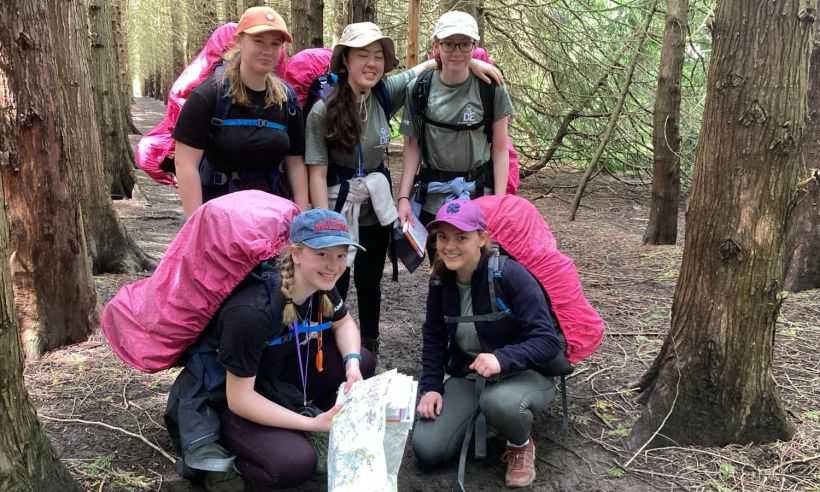
In addition to these three layers, you may also want to pack the following items:
- Hat: A warm hat will help prevent heat loss from your head.
- Gloves: Gloves will keep your hands warm and dry(ish).
- Neck gaiter: A neck gaiter will protect your neck from the wind and sun. A ‘Buff’ is a commonly used branded product.
- Socks: Choose socks made of a moisture-wicking material, such as wool or synthetic fabric. Avoid cotton socks, as they will absorb sweat and make your feet cold.
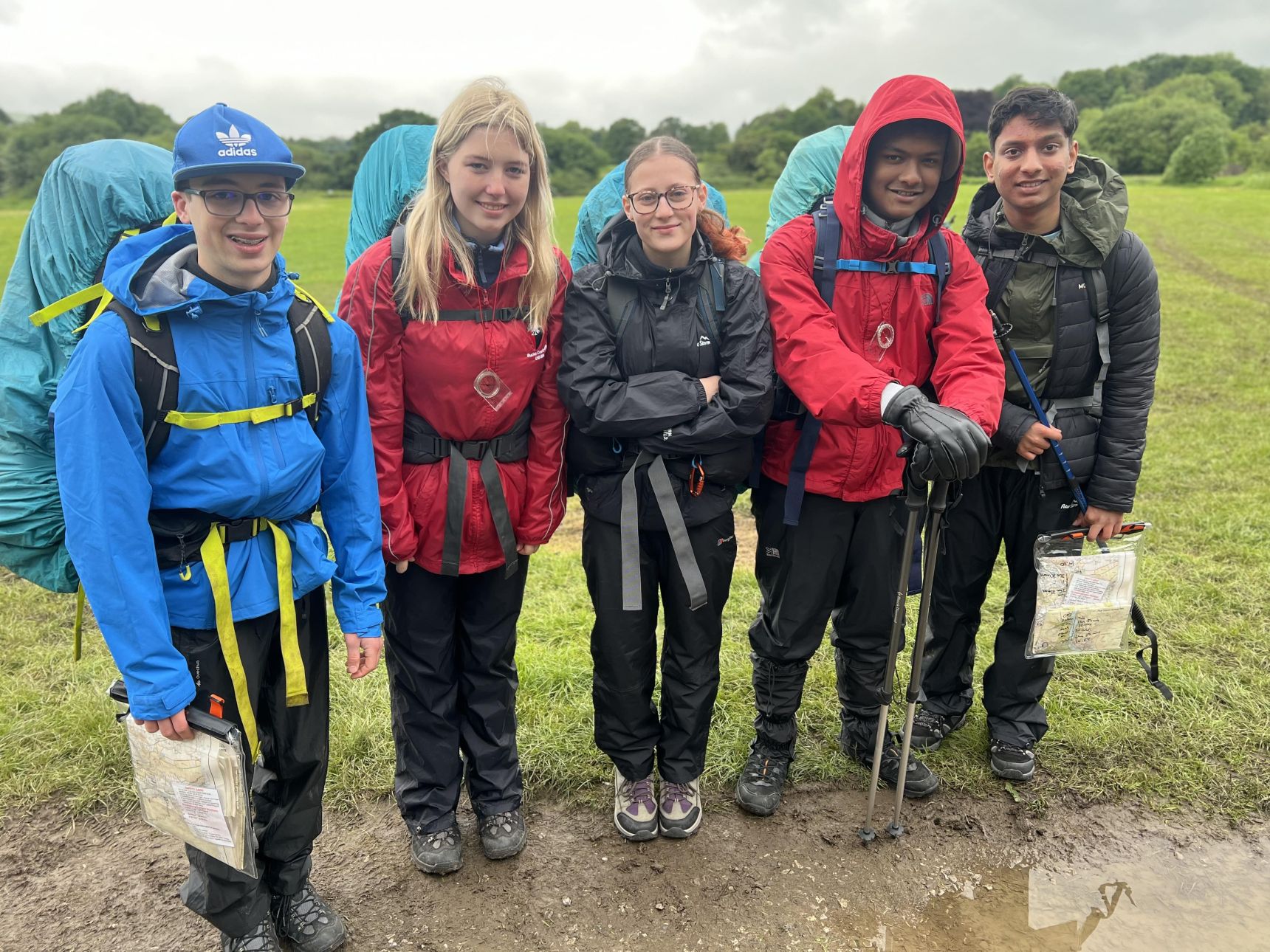
How to Layer Effectively
- Start with a base layer: This layer will wick away sweat from your body, keeping you dry and comfortable.
- Add an insulating layer: The thickness of this layer will depend on the weather conditions. If it's cold, you'll need a thicker layer. If it's mild, you can get away with a thinner layer.
- Add a waterproof outer layer: This layer will protect you from the wind and rain.
- Adjust your layers as needed: As the temperature changes, you'll need to add or remove layers. For example, if you start to feel cold, you can add an extra insulating layer. If you start to feel hot, you can remove a layer.
- Don't overdress: It's better to be slightly underdressed than overdressed. If you're too hot, you'll sweat, which will make you feel colder. You may have heard the phrase 'be bold start cold' that can apply when you are beginning uphill.
- Stay dry: If you get wet, you'll lose heat quickly. Change into dry clothes as soon as possible.
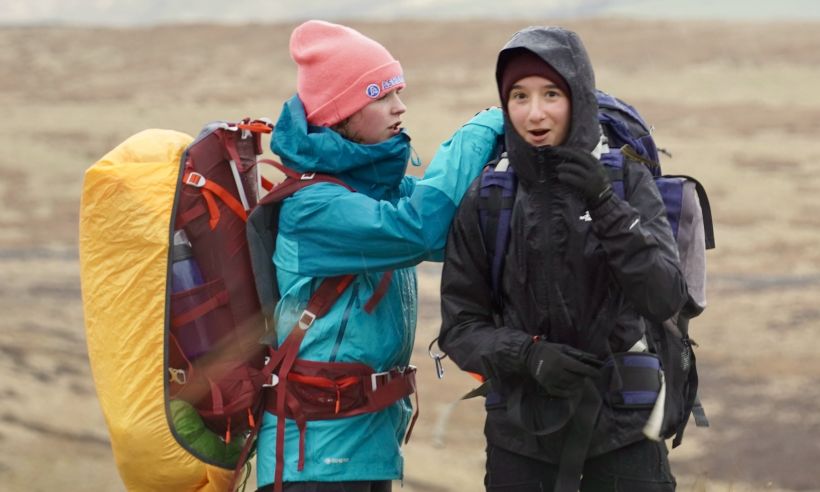
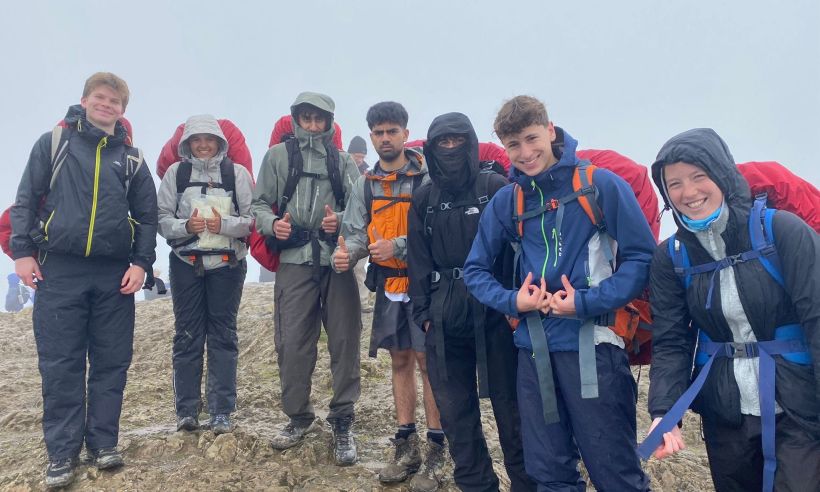
Time dedicated to researching kit is never wasted, especially when it means you can stay warm and comfortable on your DofE expedition and give yourself the best chance of success.
Additional Tips from our Leaders
- Pack extra layers: It's always a good idea to pack extra layers in case the weather gets colder than expected. Not too many though – there is a fine-tuned balance as do remember you have to carry them all!
- Drink plenty of water: Staying hydrated is critical, even for staying warm.
- Eat plenty of food: Food provides your body with the energy it needs to stay warm.
- Get enough sleep: When you're well-rested, your body is better able to regulate its temperature.
By following these tips, you can feel well-equipped to have a safe and enjoyable expedition.

